

Can you match the skylines with the city name..
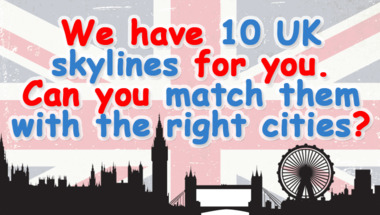
10 mixed questions
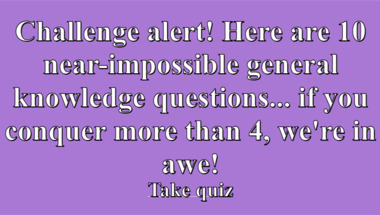
10 hot questions
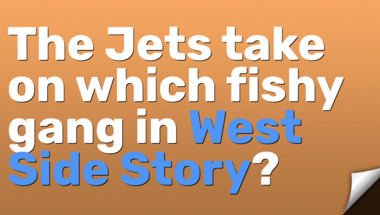
How many of them will you answer correctly?
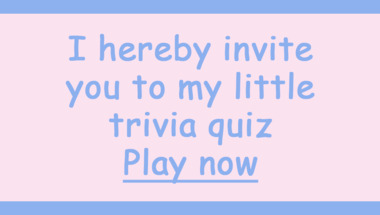
Try this extreme hard quiz now

What do you remember?
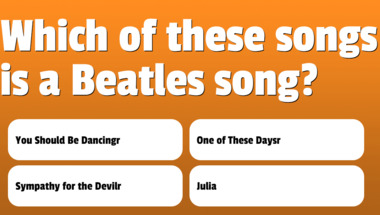
Clueless like a monkey or proud as a lion?
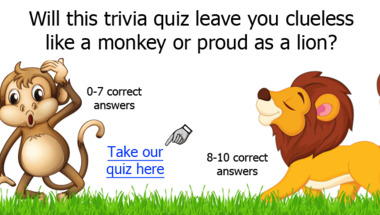
Test your knowledge with these 10 questions.
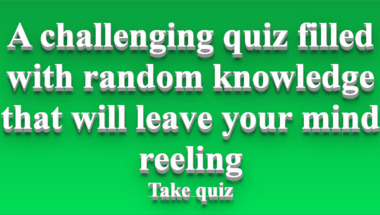
Did you travel enough to beat this trivia qui..
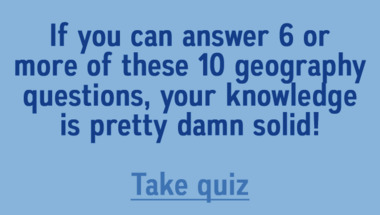
Let us know your score in the comments

What do you remember?

Let us know your score in the comments
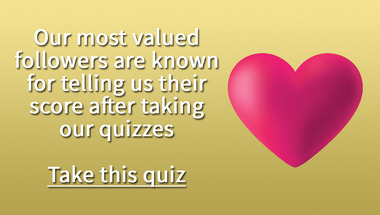
Let us know your score in the comments

Let's see how smart you really are!
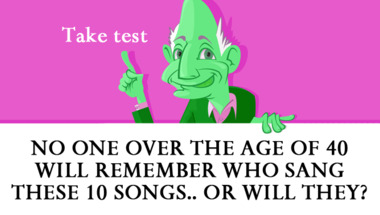
10 thrilling questions to have fun with
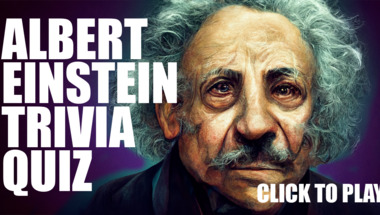
Can you answer 7/10 of these questions?
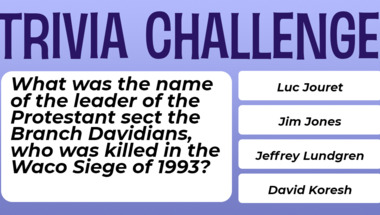
We tell you the stars, you tell us the movie!

How many correct answers will you get?
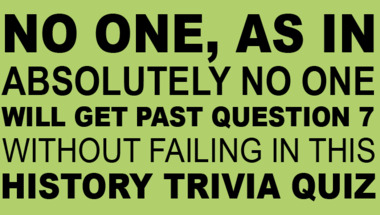
10 rather difficult questions

10 mixed questions
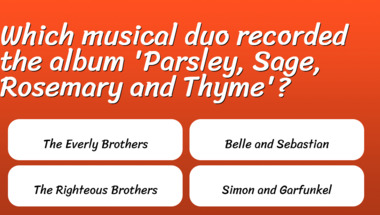
Are you up for a quiz?
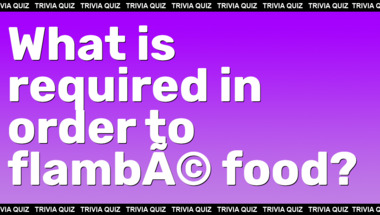
10 random questions
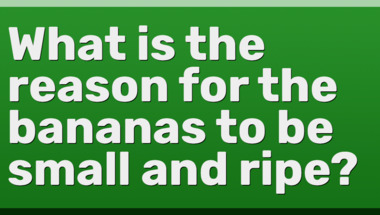
10 mixed questions

10 quite impossible questions
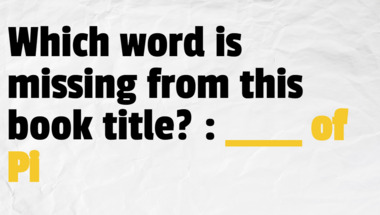
10 mixed category questions
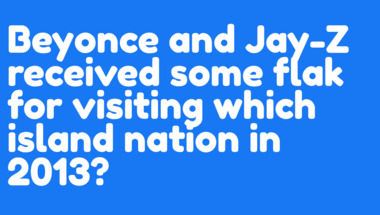
Scoring a clean 10 will never happen

A set of 10 exceedingly difficult inquiries.
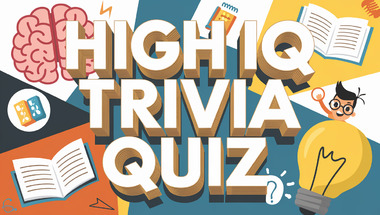
Not even a professor will nail this one

10 mixed questions

10 mixed general trivia questions
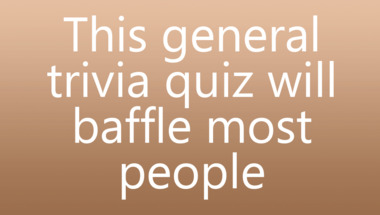
Can you answer all of them correctly?

10 science questions

Tell us your result in the comments

10 mixed general trivia questions
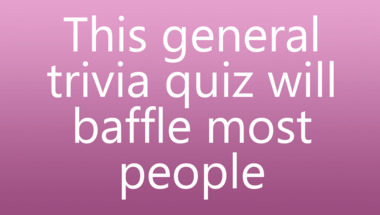
How many correct will you get?

How many of these fantastic songs do you reme..

How many correct will you get?

Can you tell us all 10 artists?
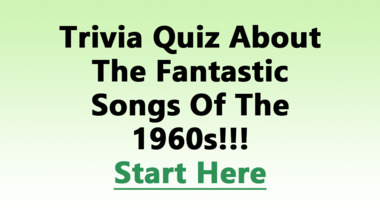
10 tricky questions

Tell us your score in the comment section bel..

Let me know your score in the comments
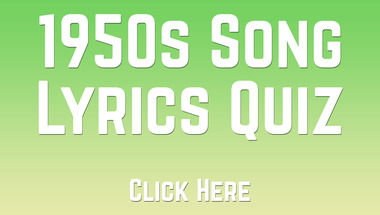
10 mixed up questions

10 mixed up questions
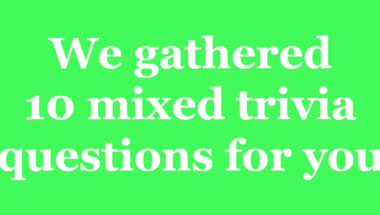
10 questions to test your knowledge
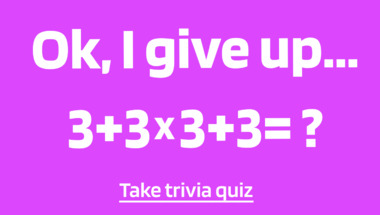
10 questions
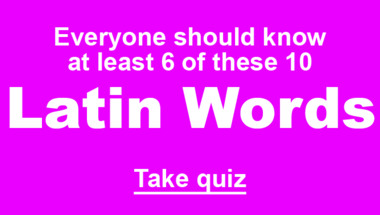
Are you up for a quiz?

Let's see how smart you really are!

Trivia fun

Are you up for a quiz?

Would you be able to respond to 8 out of the ..

10 genius questions to answer

Let's see how smart you really are!

10 Trivia Questions
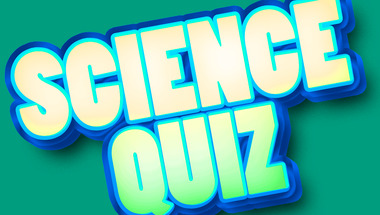
Are you up for a quiz?

10 mixed history questions
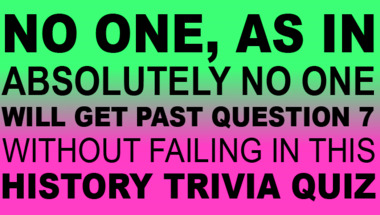
What number of correct answers will you achie..
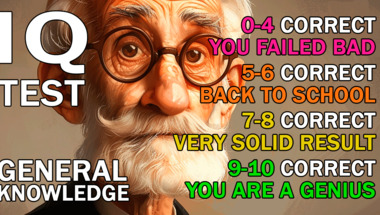
10 questions

10 questions to test your knowledge
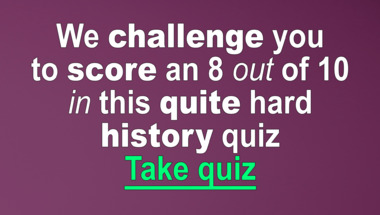
10 questions

Tell us your result in the comments
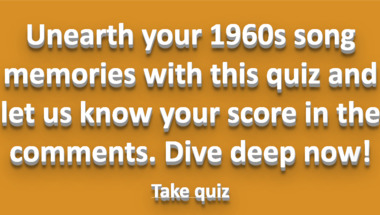
10 history questions for experts

by clicking here
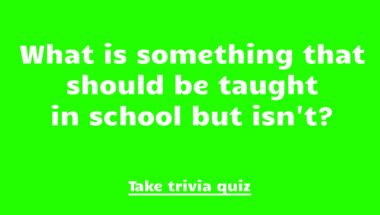
10 fun questions
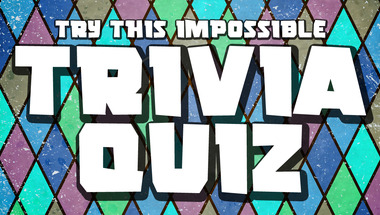
10 songs to guess
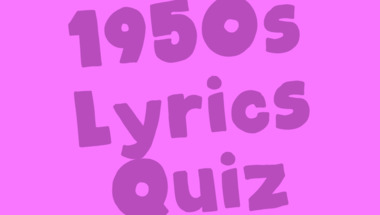
How many correct will you get?

10 bands to guess

10 songs to guess
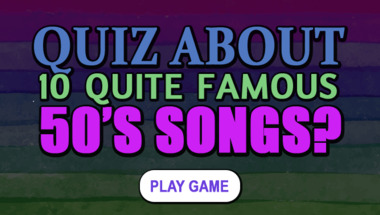
10 mixed questions

10

Are you ready? :)

Are you up for a quiz?
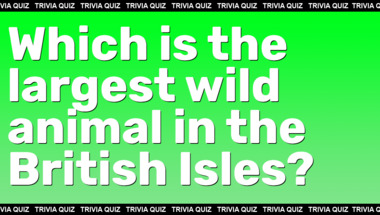
10 mixed general trivia questions
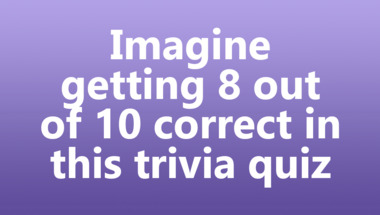
How many of them will you answer correctly?
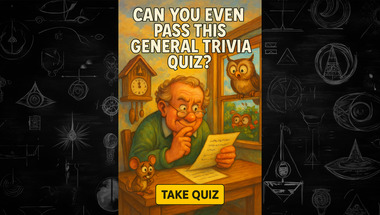
A score above 4/10 is amazing

10 songs to guess

Are you 60 years or older?
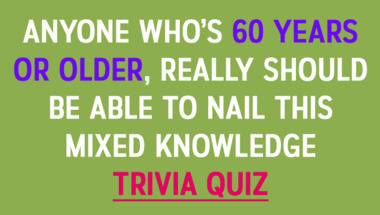
A quiz about nothing and everything

Are you up for a quiz?
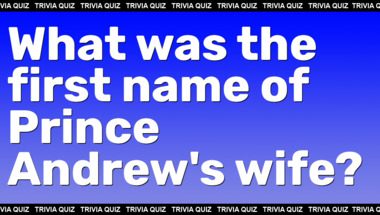
How much do you remember?
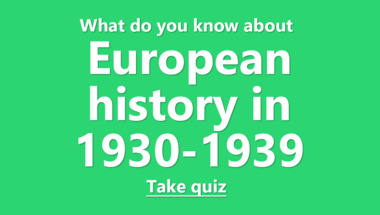
10 questions to test your knowledge
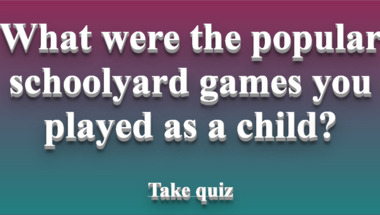
How many of them will you answer correctly?
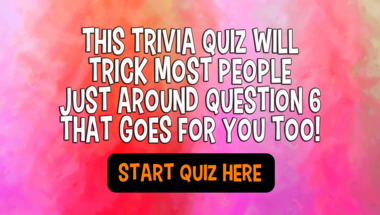
10 fun questions

10 general knowledge questions
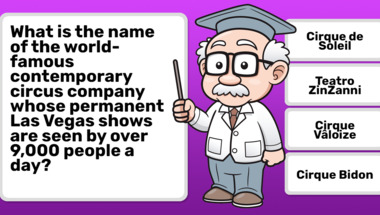
10 questions to test your knowledge
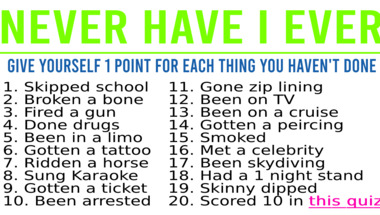
Did you pay attention in school?
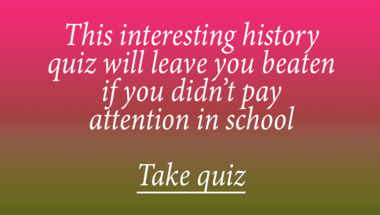
Let's see how smart you really are!
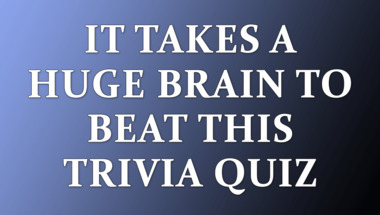
10 questions
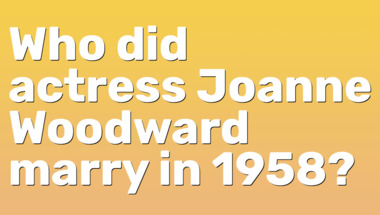
a 10 question quiz

We wrote 10 questions in mixed categories

10 fun questions

How many correct will you get?
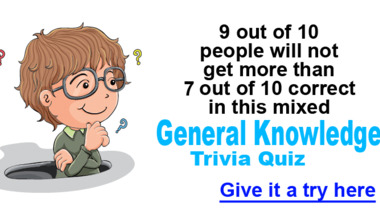
10 mixed general trivia questions

How many correct will you get?
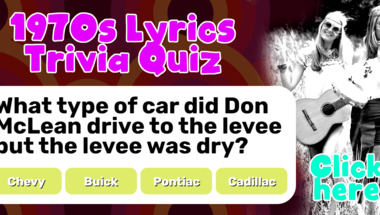
10 mixed questions in one quiz

10 questions
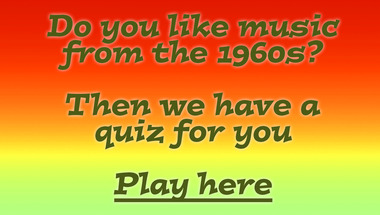
How many of these songs do you remember?
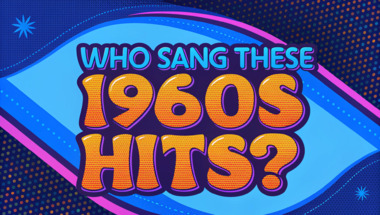
10 thrilling questions
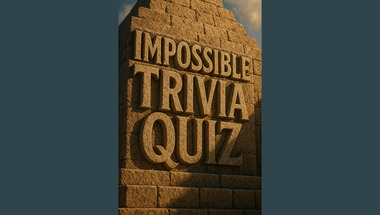
How many correct answers will you get?

Test your knowledge with these 10 questions.
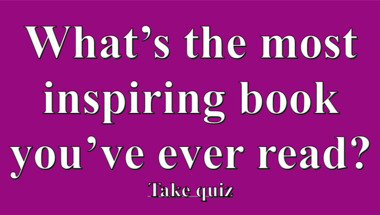
10 fun questions for you
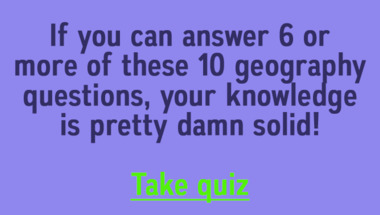
10 mixed questions
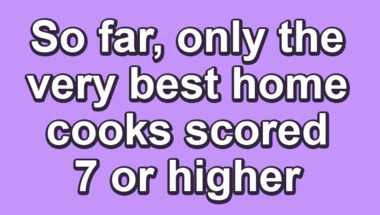
A quiz for our smartest followers
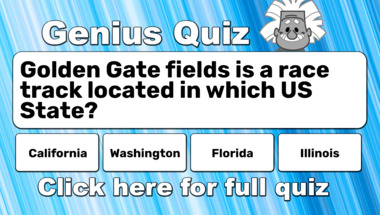
Only smart people stand a chance

How many of these old jobs do you remember?

10 questions
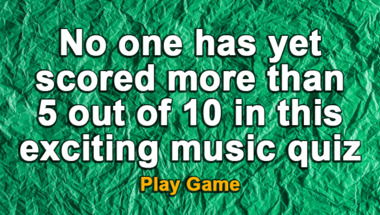
10 history questions for experts
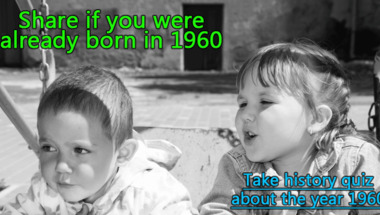
How many correct will you get?

10 mixed questions
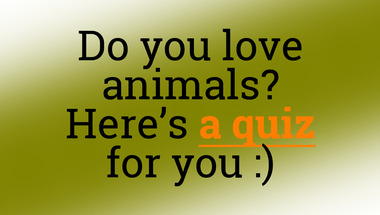
10 questions

10 mixed questions
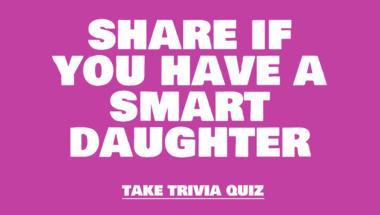
How many of them will you answer correctly?

How many correct will you get?

10 mixed questions for you
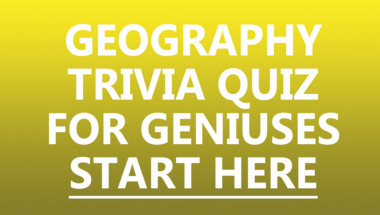
10 mixed questions to answer
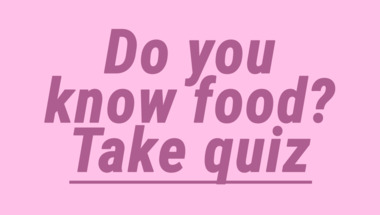
10 hard questions
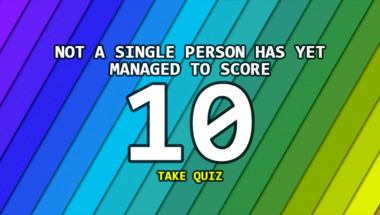
10 very difficult questions

10 questions lined up for you
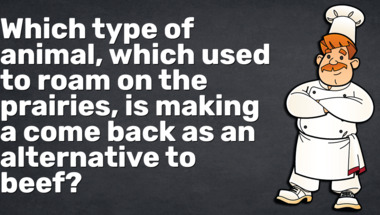
Most people wont even get 5 out of 10 correct
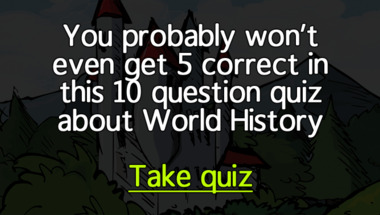
10 questions to test your knowledge
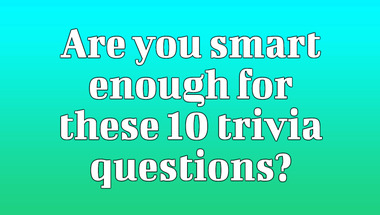
10 questions lined up for you
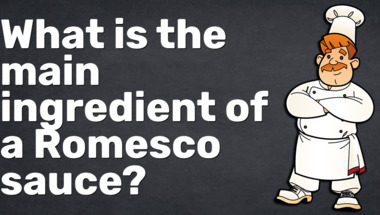
Trivia questions are a delightful way to test our knowledge, learn new things, and even discover unexpected connections between different cultures and languages. In this article, we’ll not only answer 10 fun trivia questions, but also dive into the stories, facts, and curiosities behind each one. So, grab a pen and see how many you can answer before reading the explanations!
1. Neuf, nueve and neun are all ways of saying which number?
The words neuf (French), nueve (Spanish), and neun (German) all translate to the number nine in English. This is a fantastic demonstration of how different languages can have similar roots, especially among European languages. The similarities between these words are not just coincidences; they reflect the common Indo-European ancestry of these languages. For example, the Latin word for nine is novem, and you can see how that root has evolved in French, Spanish, and German. Language learners may find it helpful to spot these patterns—it can make learning numbers in new languages much easier.
2. Which of these does the British and Australian term bloke describe?
In both British and Australian English, the term bloke refers to a man. It's an informal, friendly, and commonly used word, much like guy or dude in American English. The origins of bloke are somewhat uncertain, but it’s been part of British slang since at least the 19th century. In Australia, the term is particularly beloved and is often used affectionately to describe an ordinary man or fellow. For example, He’s a good bloke means he’s a good guy. This kind of regional vocabulary is what gives English its rich diversity.
3. In Australia, chewie is not a Star Wars Wookiee, but what sweet treat?
Despite the amusing similarity to Chewie, the famous Wookiee from Star Wars, in Australia, chewie is actually a slang term for chewing gum. Australians are renowned for their creative and often quirky slang, and chewie is a perfect example. It’s derived from the word chew, and simply refers to the sweet, chewy treat enjoyed by people of all ages. So next time you're Down Under and someone offers you chewie, don’t expect a tall, furry co-pilot—just a stick of gum!
4. Which continent contains the Nile River and the Sahara Desert?
The African continent is home to both the Nile River and the Sahara Desert, two of the world’s most famous natural features. The Nile River is widely regarded as the longest river on Earth (though some debate this with the Amazon), stretching over 6,650 kilometers (4,130 miles) and flowing through multiple countries, including Egypt and Sudan. The Sahara, meanwhile, is the largest hot desert in the world, covering much of North Africa and spanning approximately 9 million square kilometers (3.5 million square miles). These two features have profoundly shaped the history, culture, and geography of Africa.
5. What Spanish-speaking nation is located just south of the United States?
Just south of the United States lies Mexico, the largest Spanish-speaking country in the world by population. Mexico is famed for its rich history, which includes ancient civilizations like the Maya and the Aztecs, as well as its vibrant modern culture. The U.S.-Mexico border stretches nearly 3,200 kilometers (2,000 miles) and is one of the most frequently crossed international borders in the world. Mexico's influence is strongly felt in the United States, especially in the southwest, where many people speak Spanish and Mexican food, music, and traditions are popular.
6. What large bodies of water contain almost 97% of the world's water?
The answer to this question is the oceans. The Earth's oceans cover about 71% of our planet’s surface and contain a staggering 97% of all the water on Earth. The five main oceans are the Pacific, Atlantic, Indian, Southern (or Antarctic), and Arctic. Despite their vastness, only about 2.5-3% of the world’s water is freshwater, the majority of which is locked up in glaciers, ice caps, or underground reservoirs. The saltwater in oceans is crucial to regulating the Earth’s climate, supporting marine life, and influencing weather patterns across the globe.
7. Which of these countries is furthest north?
Although the original question does not list specific countries, in most trivia contexts, options might include countries like Canada, Russia, Norway, or Sweden. Among these, Norway is often the correct answer, as the Svalbard archipelago, which is part of Norway, extends further north than any other permanently inhabited area on Earth. The northernmost point of Norway (and Europe) is just over 1,000 kilometers (620 miles) from the North Pole! The far north is known for its extreme conditions, polar night, and stunning northern lights. In other circumstances, if Greenland (an autonomous territory within the Kingdom of Denmark) is an option, it could also be a contender depending on the phrasing.
8. When someone says au contraire, what do they mean?
Au contraire is a French phrase that translates to “on the contrary” in English. It's used to politely disagree or to point out an opposing view. The phrase has been adopted into English, especially in formal or humorous contexts. For example, if one person says “You can’t possibly enjoy this weather,” another might reply, “Au contraire, I love a good thunderstorm!” Using French expressions in English is a tradition that adds a touch of sophistication or wit to conversation.
9. When seen in restaurants, the popular French phrase a la carte means what?
In the world of dining, à la carte means ordering individual items from the menu, rather than choosing a fixed meal or set menu. The literal translation from French is by the card (or menu), and it gives diners the flexibility to pick and choose exactly what they want, item by item. This contrasts with table d’hôte, which refers to a set menu with limited choices at a fixed price. À la carte dining allows for more personal customization and is common in many restaurants around the world.
10. Noir in French refers to the same color as what word in English?
The French word noir translates to black in English. It’s a word you may encounter outside of French language contexts, such as in the term film noir, which refers to a dark, moody genre of film characterized by cynicism, moral ambiguity, and a dramatic visual style. Noir is also used in fashion, literature, and even in the names of wine grapes (like Pinot Noir). The enduring popularity of French words in English highlights the deep cultural connections between the two languages.
Conclusion
Trivia questions like these are more than just a fun pastime; they open doors to cultural insights, geographic facts, and linguistic wonders. Whether you’re a trivia buff or just curious about the world, exploring the stories behind the answers can be as rewarding as getting the right answer. So next time you hear a word in another language or a curious expression, remember—there’s often a fascinating story just beneath the surface!